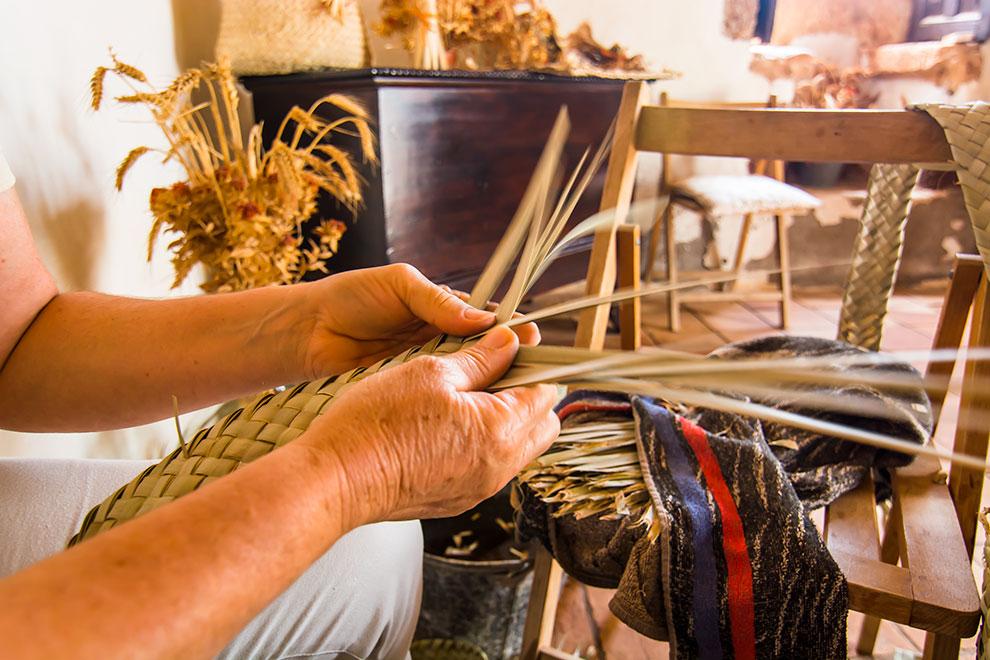Culture all year round! Here are some of the best offers you can find in the Canary Islands, offers to visit museums, attend festivals and discover new things about the culture of the past.
The Canary Islands is an ideal holiday destination not only for the weather – which has been characterised as an eternal spring – but also because of the wide range of activities available on the islands. There are no chances for visitors to get bored.
Walking through the towns and cities of the archipelago and discovering the local architecture is a good way to start on a cultural voyage of discovery. Once on foot it is possible to visit some of the most famous buildings and museums. Traditional festivals, which are very common on the islands, offer another snapshot into the history of the islands. In the information below some more detail is given into the iconic museums and festivals that can be enjoyed in the Canary Islands throughout the year.



Gran Canaria
The Atlantic Centre for Modern Art (CAAM) in Las Palmas de Gran Canaria is the central contemporary art museum in the Canary Islands. Its fantastic catalogue allows for a trip through the art history of Africa, America and Europe. Another outstanding museum is the Néstor Museum. This gallery houses the work of Néstor Martín-Fernández de la Torre, one of the most renowned Canarian painters and a good example of an artist working in the modernist style.
February or March are great months to visit the Canary Islands because that is the time when its famous carnival takes place. The Las Palmas de Gran Canaria Carnival is a very old and historic festival which is both immensely colourful and vibrant. Visitors come from all over the world to enjoy this spectacular celebration. Another popular festival in Gran Canaria is the Fiesta de la Rama (or the Festival of the Branch) in Agaete. In honour of la Virgen de la Nieve, every August 4 thousands of dancers travel through the town to the Virgin's sanctuary whilst waving branches in the air and pleading with the gods for mercy. According to some theories this festival has its origins as a rain dance, an event which is designed to bring water and growth to the crops.
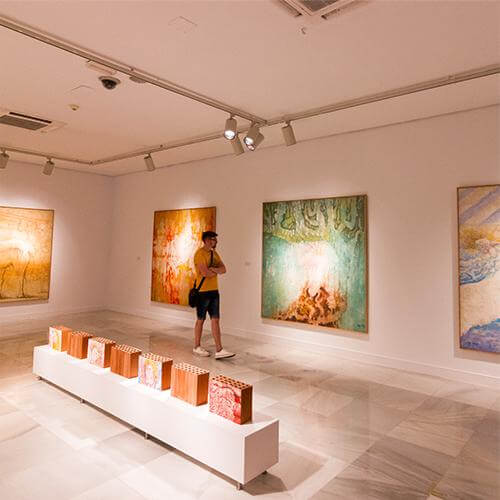


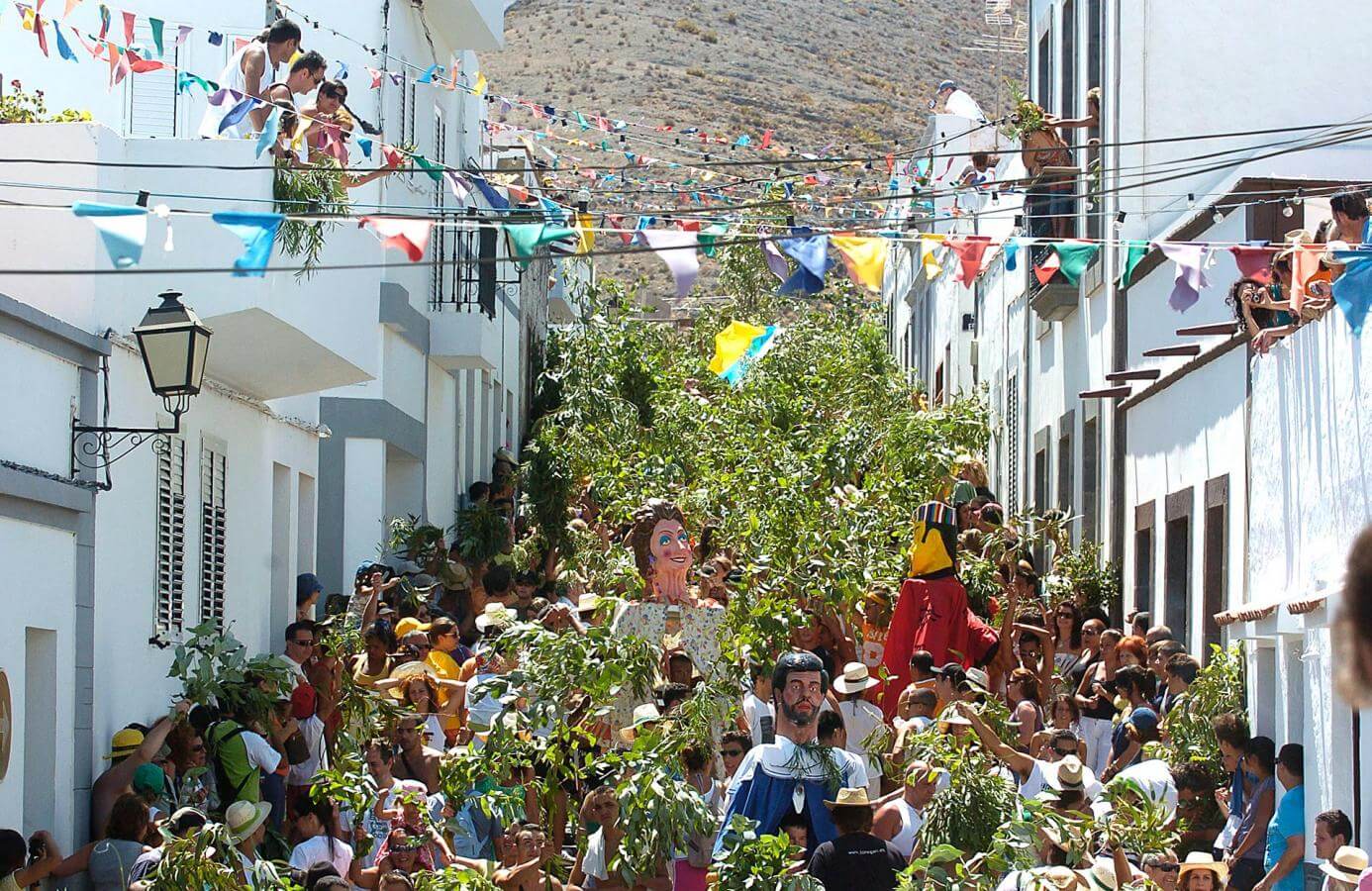


Tenerife
Food lovers have to take a look at the Casa del Vino y de la Miel (or the House of Wine and Honey) in Sauzal, Tenerife. As well as feeding guests delicious food, this traditional three centuries old Canarian hacienda lets visitors discover how some local products are made.
For those that are travelling with children the Museum of Science and the Cosmos in San Cristóbal de La Laguna comes highly recommended. Its facilities include a planetarium in which numerous interactive activities are available for the kids (and adults) to enjoy.
The Carnival of Santa Cruz de Tenerife, which has been declared a Festival of International Tourist Interest, is the oldest festival in Spain. Crowds gather; dance and music troupes stroll along the streets; and the party lasts all night.
Amongst other notable festivals, the display of ornate artistry present during Corpus Christi of La Oratava can’t be forgotten. During what is known as ‘Thursday of the Rugs’ the streets of the town are turned into a rich tapestry of colour as more than thirty enormous rugs made with natural ingredients are exhibited.






Lanzarote
Museo Atlántico (or the Atlantic Museum) faces the bay of Las Coloradas on Playa Blanca in the south of Lanzarote. It is one of the few underwater museums in the world. The more than three hundred sculptures by the British artist Jason deCaires in the collection create a dream environment in the depths of the sea.
Another great cultural attraction in Lanzarote is the César Manrique Foundation. The rooms of the buildings have been built out of hollows in a volcano. The design is a prime example of how art can be mixed with nature whilst respecting the landscape and traditions of a place.



La Palma
The Naval Museum of Santa Cruz de La Palma meanwhile offers an exciting journey through seafaring history. The museum is located inside a ship. Made in 1940 for the Bajada de la Virgen during the Fiestas Lustrales, the Virgin’s Boat is an exact reproduction of one of the galleons that Christopher Columbus used in the fifteenth century. Unsurprisingly, considering the unusual location of the museum, the Naval Museum is one of the most popular cultural attractions on the island.
Los Indianos in La Palma is one of the most acclaimed festivals on the archipelago. On the first Monday of the Carnival the streets are painted white to receive home “the Indians”, the name by which those who emigrated to the Americas were known. This festival dates back to the mid-nineteenth century when locals would receive home the travellers from abroad who brought new products such as rum and cigars. During the festival participants dress in creole clothes and use talcum powder to turn the city white.
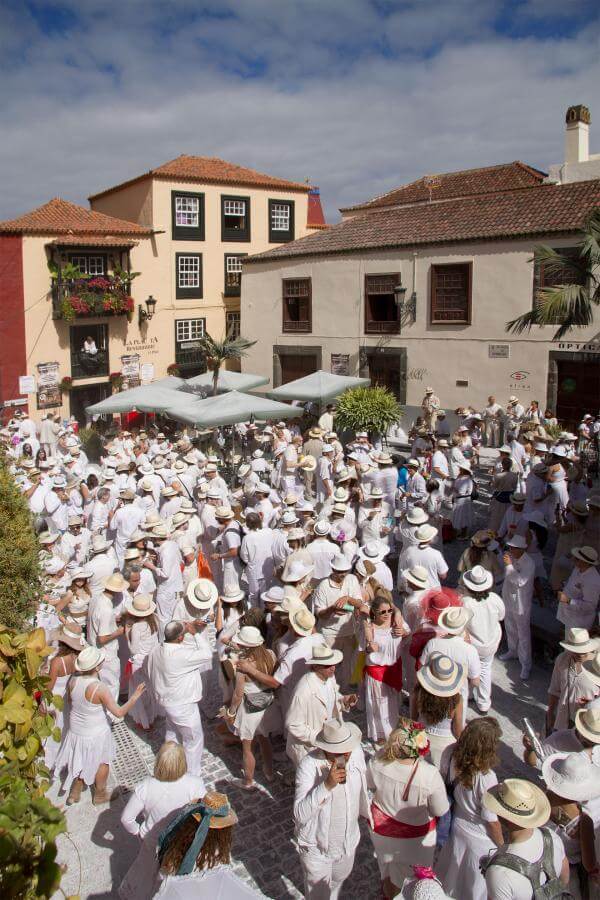
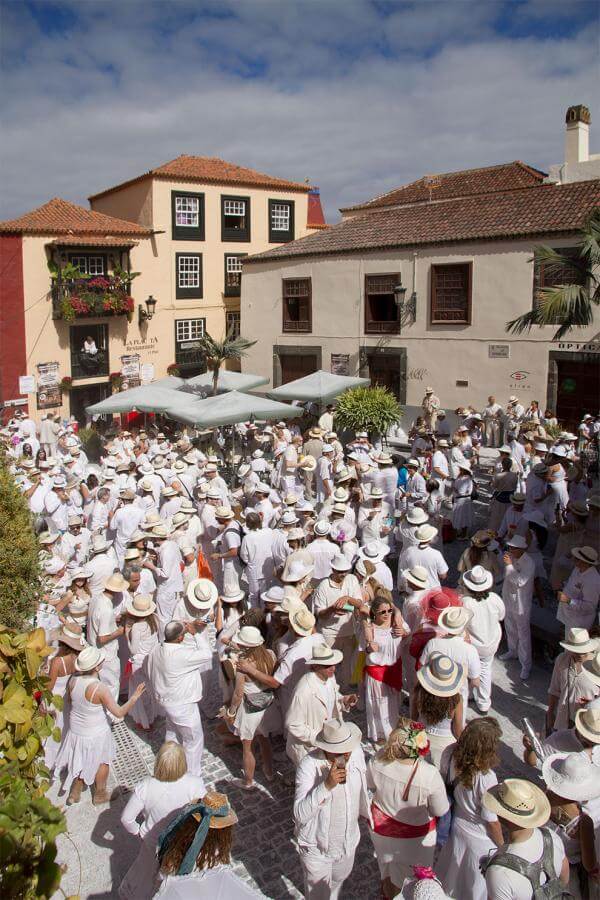

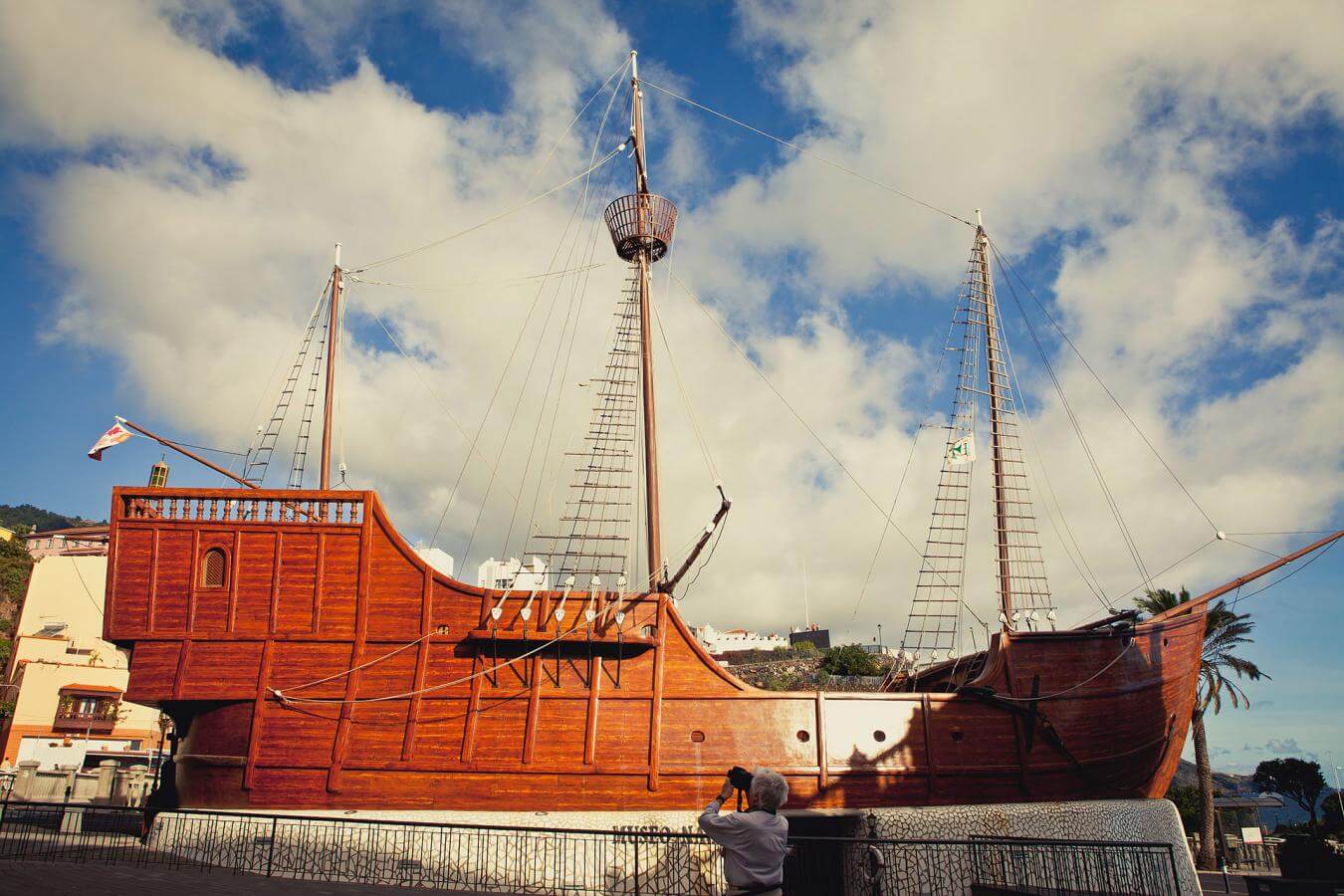
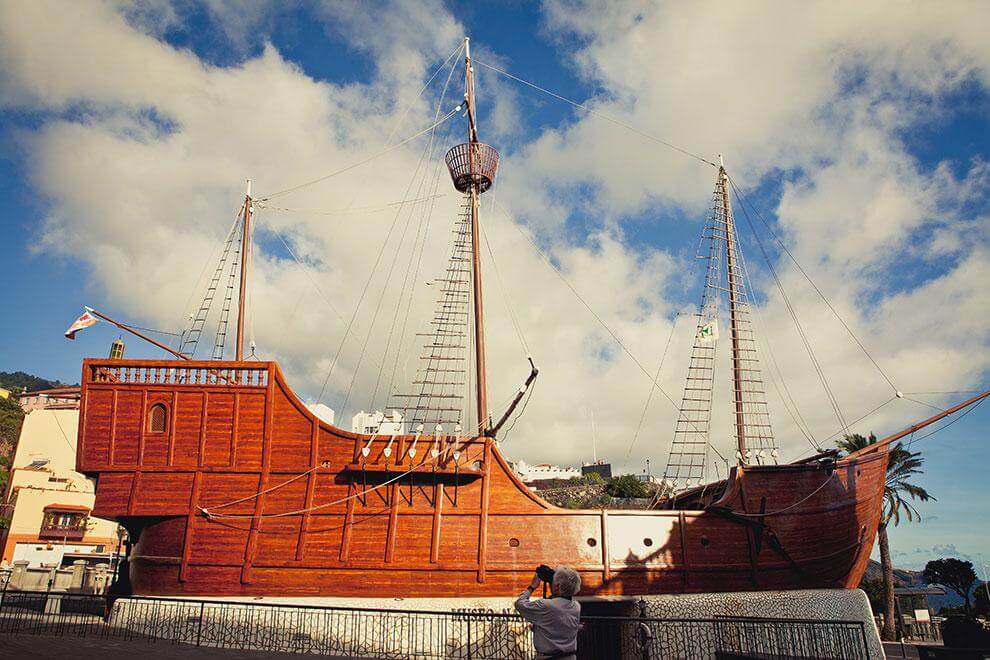

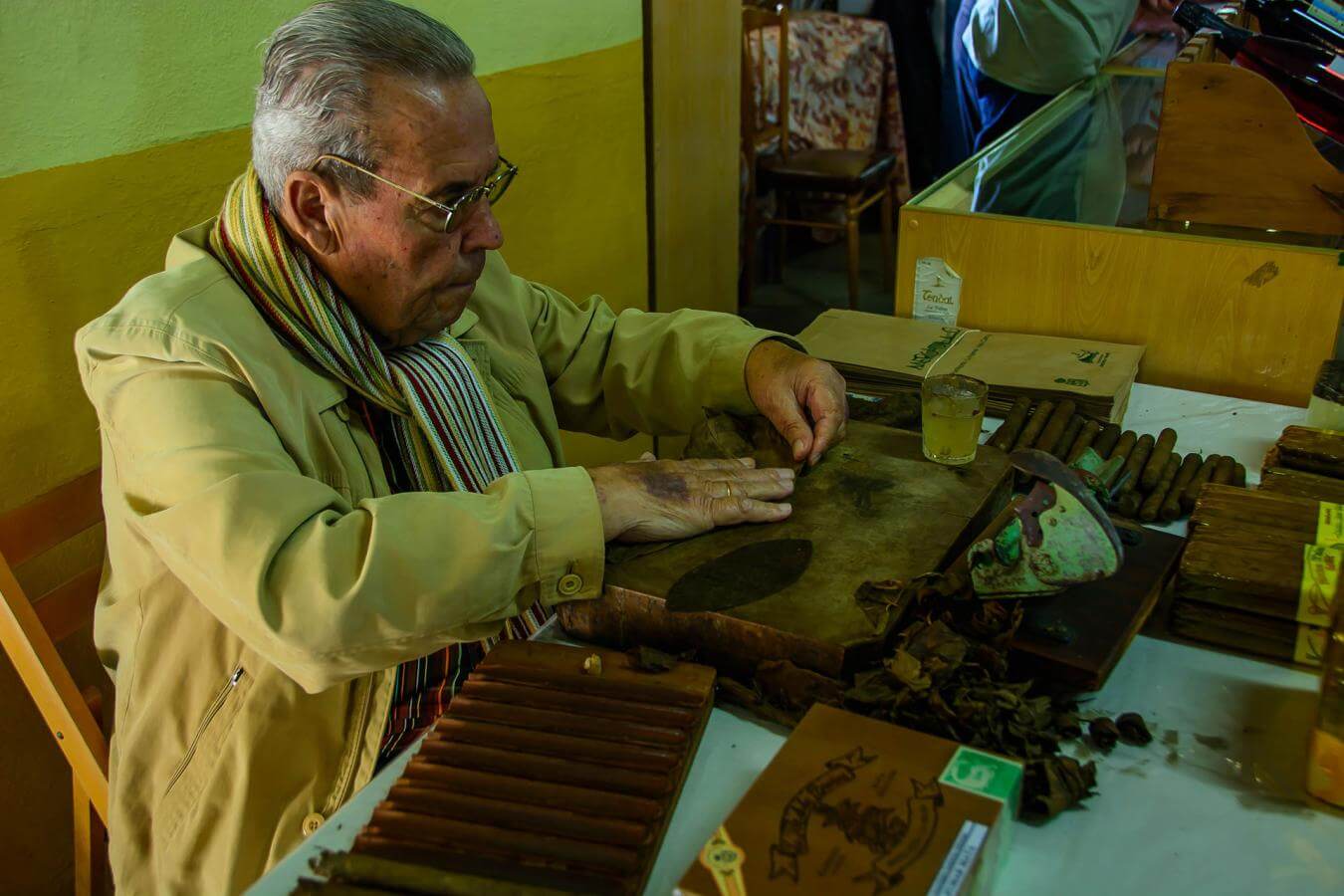


El Hierro
Visitors to El Hierro stroll through a town built by ancient settlers. The Guinea Eco-museum is built on an aboriginal settlement. The museum allows visitors to rediscover homes of the first inhabitants on the island as well as the Spanish colonisers. For further exploration of what day-to-day life was like in the past, Archaeological remains are also available to visit. Next to the eco-museum is the El Hierro Giant Lizard Sanctuary which is a good place to be enthralled by one of the most amazing reptiles on the planet. The El Hierro giant lizard is an astonishing scaly creature which can only be found on the Canary Islands.
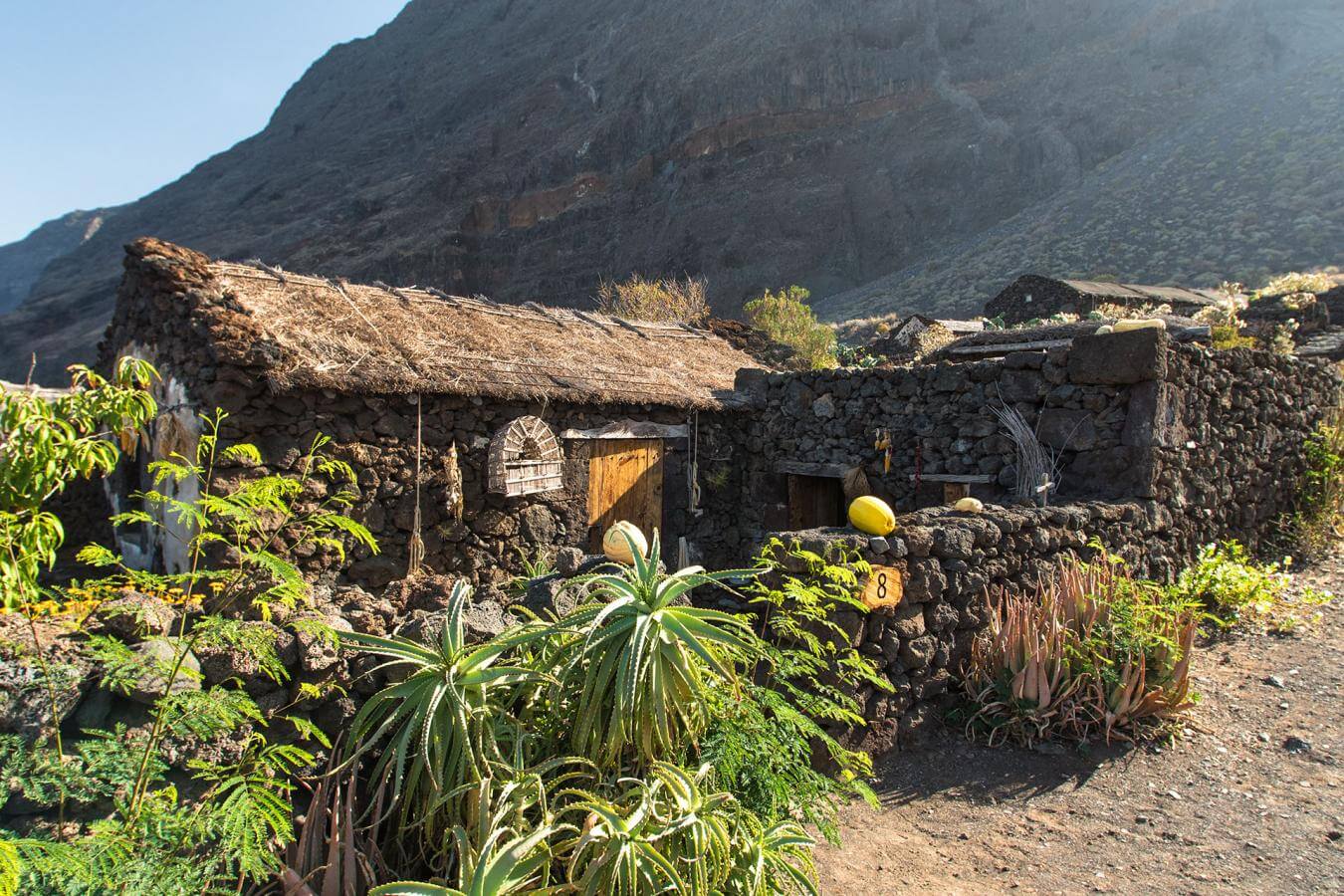



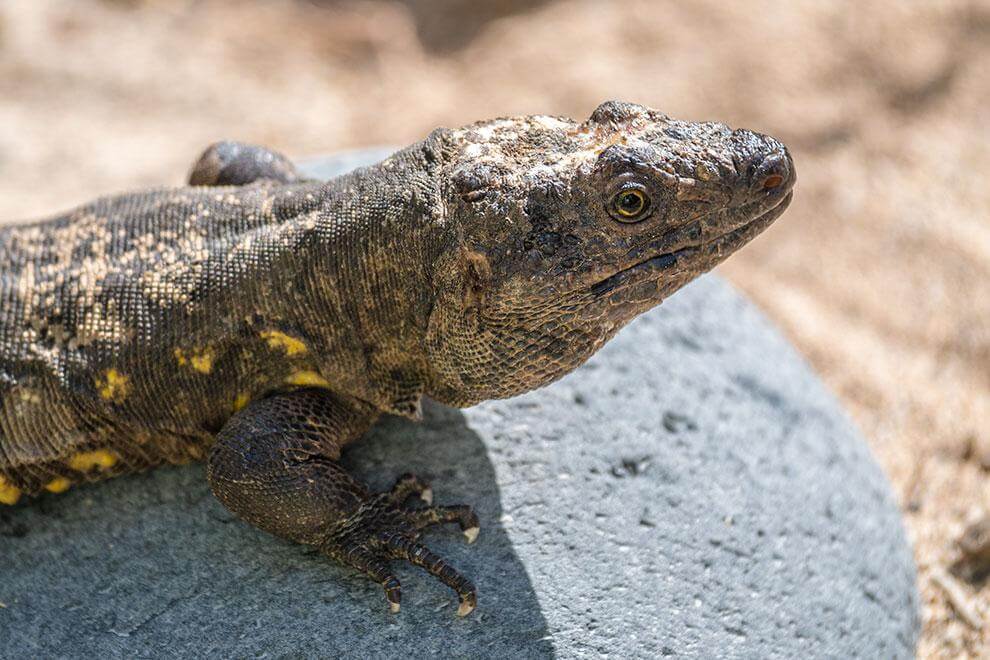

La Gomera
Another way to discover the secrets of the aborigines is to visit the Archaeological Museum of La Gomera which has a fascinating collection of art work. The full-scale recreation of a Guanche sacrificial altar is one of the main attractions. There are also archaeological pieces that illuminate the lives of the first inhabitants of the Canary Islands.
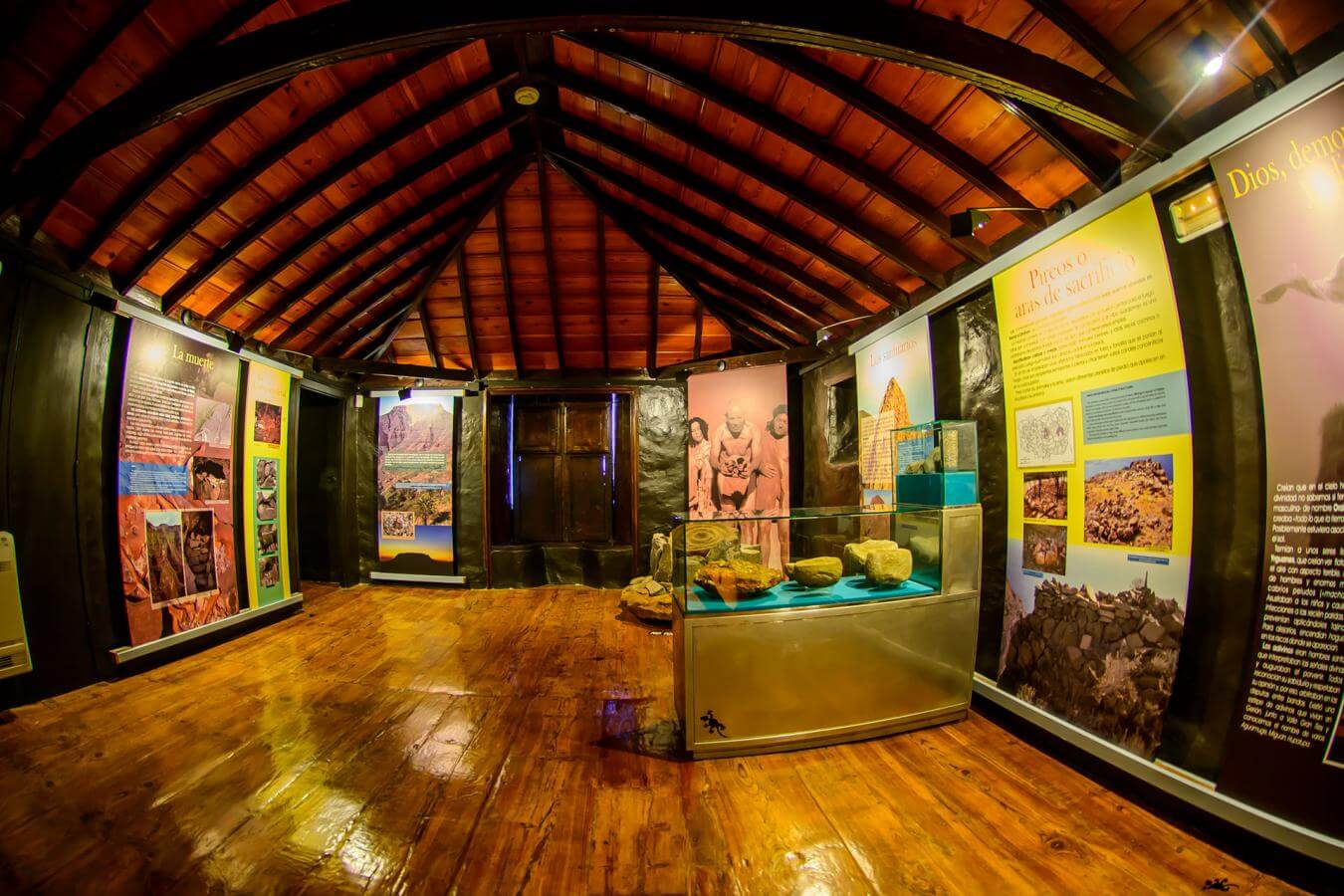


Fuerteventura
The Museum of Las Salinas del Carmen, in Fuerteventura, is an unusual exploration of the traditional way of extracting sea salt – such a vital ingredient in any kitchen. Alongside the salt installation is an impressive whale skeleton which draws surprise from visitors. In Fuerteventura there is also the La Alcogida Eco-museum which lets visitors get a first hand glimpse of how artisans worked so many years ago.

